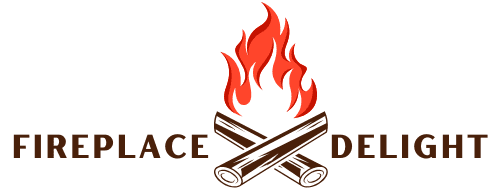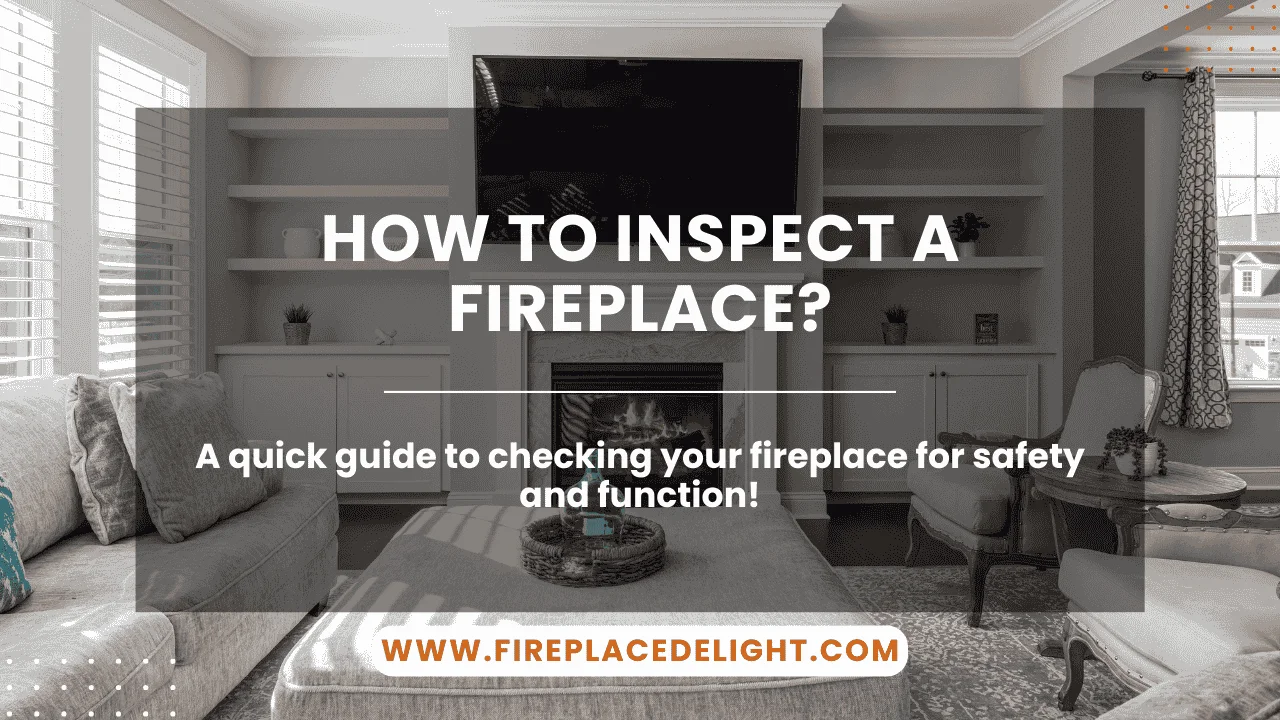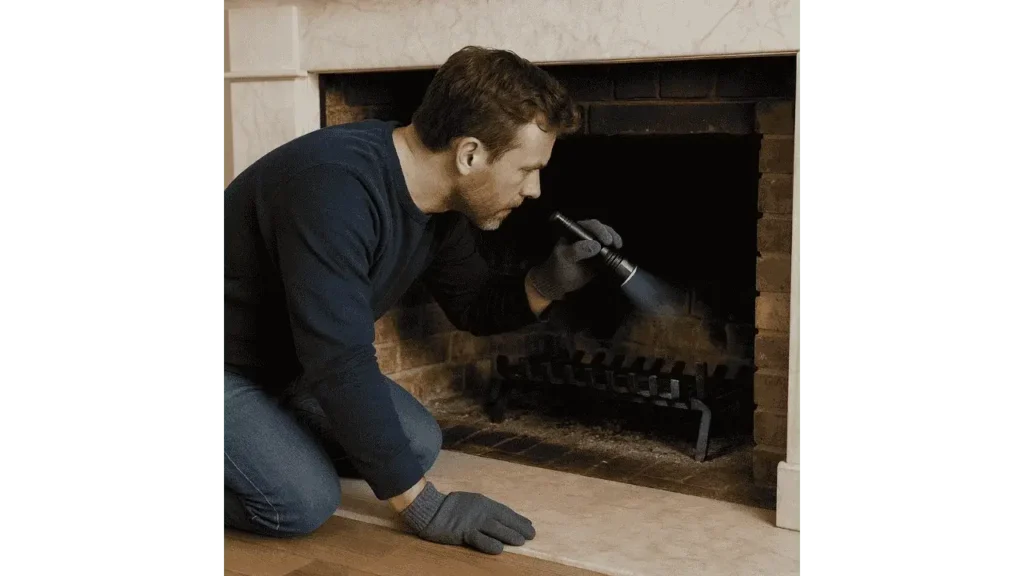A fireplace can make any room feel more inviting, but if left unchecked, it can also become a hazard. Before winter sets in, taking time to inspect your fireplace is one of the smartest steps a homeowner can take. Regular checks not only protect your home from fire risks but also ensure the system runs efficiently when you need it most. From visible wear to hidden dangers, here’s how to properly inspect your fireplace and know when to call in the pros.
When and How Should You Inspect Your Fireplace?
The best time to inspect your fireplace is just before the heating season begins. Experts recommend doing a full inspection at least once a year. If you use your fireplace regularly, a quick visual check after every few uses can alert you to developing issues like soot stains, cracks, or odd smells. Ignoring these signs can lead to expensive repairs or even put your family’s safety at risk.
“Annual inspections are the cornerstone of fireplace safety,” says Linda Rodriguez, a certified chimney sweep and safety consultant at HearthGuard Inc. “It’s not just about cleaning; it’s about identifying problems before they escalate.”
Step One: Start with a Visual Check of the Firebox
Begin inside the house by inspecting the firebox, the inner chamber where the fire burns. Look for cracked bricks, crumbling mortar, and any signs of water intrusion. Gaps between the masonry could mean heat is escaping into areas it shouldn’t, posing a risk of house fires. If you see rust stains or white powder (efflorescence), moisture has been getting in and needs immediate attention.
Next, check the damper. Open and close it fully to make sure it’s not sticking. A damper that won’t seal properly can let cold air in or allow heat to escape up the flue. Any signs of rust, warping, or stiffness should be addressed.
Step Two: Examine the Chimney Flue
Use a flashlight to look up the chimney flue. You’re checking for soot buildup, black creosote deposits, and any physical blockages. Creosote is a tar-like substance that builds up over time and is highly flammable. If it’s thicker than 1/8 inch, it’s time for a professional cleaning.
While you’re at it, inspect the surrounding hearth and wall areas. Stains, scorch marks, or cracked tiles can indicate poor drafting or past overheating. These aren’t just cosmetic issues; they often point to ventilation trouble that needs to be fixed.
Step Three: Inspect the Chimney from the Outside
Go outside and take a close look at the chimney stack from the ground. Cracked or missing bricks and deteriorated mortar can let moisture in and weaken the structure. A leaning chimney or white streaks on the bricks (a sign of water damage) are red flags.
Check the crown, the sloped cement top, and the chimney cap. These elements keep out rain, snow, and animals. Cracks in the crown or a loose or damaged cap can let water and debris inside, leading to major issues over time.
“Most chimney failures start at the top,” says David Kline, senior inspector at SafeFlue Services. “If you see damage to the cap or crown, don’t wait. Fixing it early can save thousands in repairs.”
When to Call a Professional?
Some signs mean it’s time to get a certified chimney sweep on the job. These include thick creosote buildup, smoky smells when the fireplace isn’t in use, or trouble getting a fire to start or stay lit. These issues often signal serious blockages or airflow problems.
Learn More: The Need for a Grate in Fireplace!
Also, if you see large cracks, structural leaning, or water leaking inside the firebox, don’t try to handle it yourself. A professional has the tools to inspect hidden areas like the chimney liner and flue tiles, and they can safely make needed repairs.
Final Takeaways
Fireplace inspections aren’t just for peace of mind; they’re a practical way to protect your home and your family. A few minutes spent checking the firebox, damper, chimney flue, and exterior can reveal early signs of damage. While homeowners can spot many issues themselves, scheduling an annual inspection with a trained professional ensures nothing is missed. Keep your fireplace safe, efficient, and ready to bring warmth to your home when you need it most.
- 27 Farmhouse Fireplace Ideas That Bring Warmth & Charm - August 18, 2025
- 25 Fireplace Lighting Ideas to Illuminate Your Hearth - August 7, 2025
- How to Replace an Electric Fireplace Switch? - August 5, 2025



